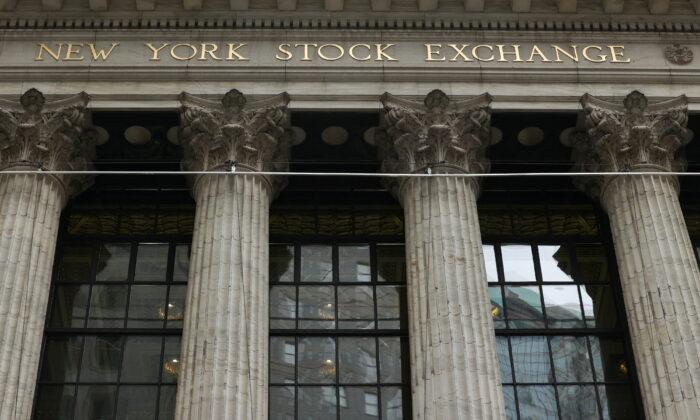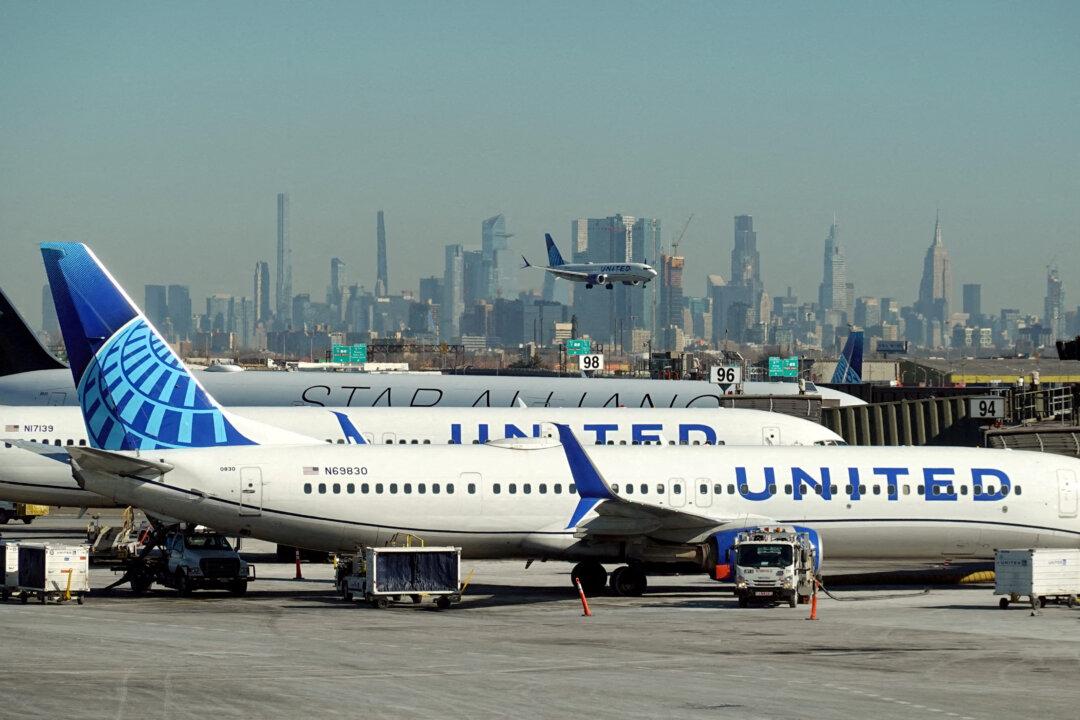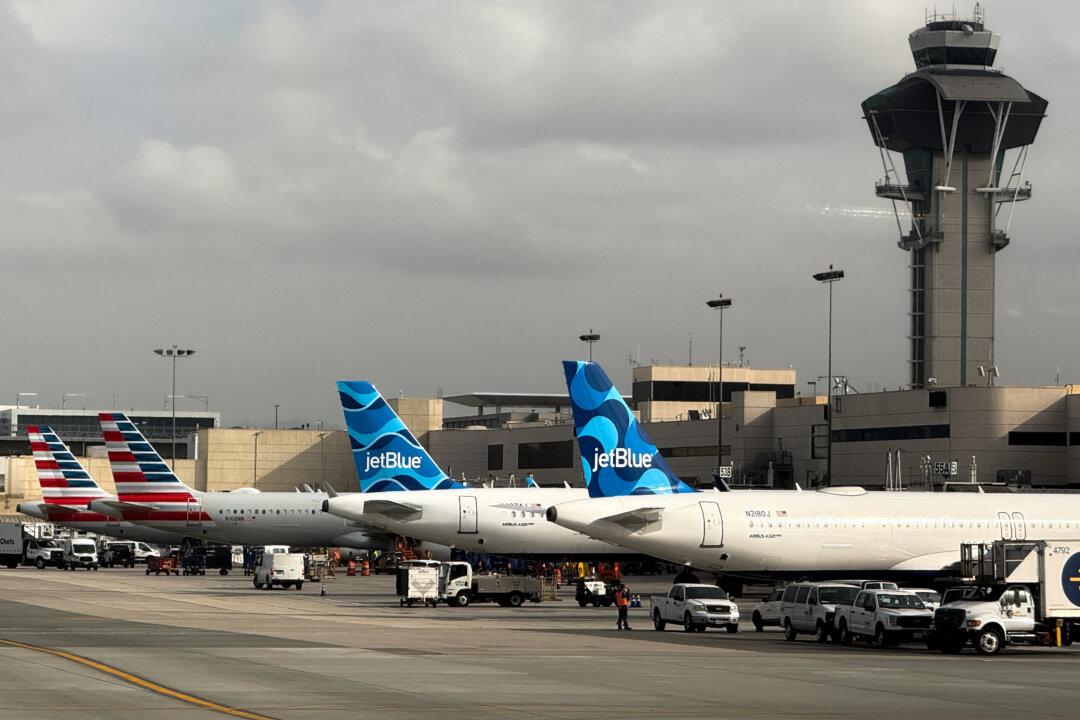The S&P 500 ended lower after a volatile session on Monday, with investors wrestling with uncertainty and bank stocks dropping following powerful Western sanctions against Russia as it continued its invasion of Ukraine.
Helping the Nasdaq close in positive territory after opening at a loss, electric car makers Tesla and Rivian Automotive jumped 7.5 percent and 6.5 percent, respectively.
Citigroup fell 4.5 percent and helped push the S&P 500 banks index down 2.35 percent as the U.S. 10-year Treasury yield slipped. The broader S&P 500 financial index dropped 1.5 percent.
Global stocks slumped, the Russian rouble tanked to record lows and safe-haven assets got a boost after Western allies imposed new sanctions that limited Moscow’s ability to deploy its $630 billion foreign reserves and cut off some of its banks from the SWIFT global payments system.
Russian artillery bombarded residential districts of Ukraine’s second-largest city, as Moscow’s invading forces met stiff resistance on a fifth day of conflict.
“The Russia-Ukraine invasion in itself is not likely going to be a long-term headwind for U.S. equities. But I think in the short term, it’s a massive contributor to the equity pullback,” said Sylvia Jablonski, chief investment officer at Defiance ETFs.
The S&P 500 energy sector rallied 2.6 percent, thanks to higher oil prices.
Defense stocks Raytheon Technologies, Lockheed Martin Corp., General Dynamics Corp., Northrop Grumman, and L3Harris Technologies gained between 2.8 percent and 8 percent following news that Germany would increase its military spending.
Cybersecurity stocks also rallied, with Palo Alto Networks, Fortinet, Zscaler, and CrowdStrike Holdings all climbing more than 4 percent.
The Dow Jones Industrial Average fell 0.49 percent to end at 33,892.6 points, while the S&P 500 lost 0.24 percent to 4,373.94.
The Nasdaq Composite climbed 0.41 percent to 13,751.40, ending higher for the third straight session.
Monday’s session was busy. Volume on U.S. exchanges was 14.5 billion shares, compared with the 12.2 billion average for the full session over the last 20 trading days.
The S&P 500 fell 3.15 percent in February, while the Nasdaq lost 3.43 percent. So far in 2022, the S&P 500 has lost over 8 percent, the index’s deepest two-month decline since March 2020.
The worsening geopolitical crisis has added to investors’ concerns about soaring inflation and the Federal Reserve’s rate-hike plans. The S&P 500 and the Nasdaq logged their biggest two-month declines since the pandemic-led crash in March 2020.
The CBOE volatility index, also known as Wall Street’s fear gauge, rose for a second straight session.
Delta Air Lines Inc. dropped 3.9 percent after Russia closed its airspace to airlines from 36 countries in response to Ukraine-related sanctions targeting its aviation sector.
First Horizon Corp. surged 29 percent after TD Bank Group offered to acquire the U.S. bank in an all-cash deal valued at $13.4 billion.
Declining issues outnumbered advancing ones on the NYSE by a 1.10-to-1 ratio; on Nasdaq, a 1.03-to-1 ratio favored decliners.
The S&P 500 posted 20 new 52-week highs and five new lows; the Nasdaq Composite recorded 45 new highs and 92 new lows.





